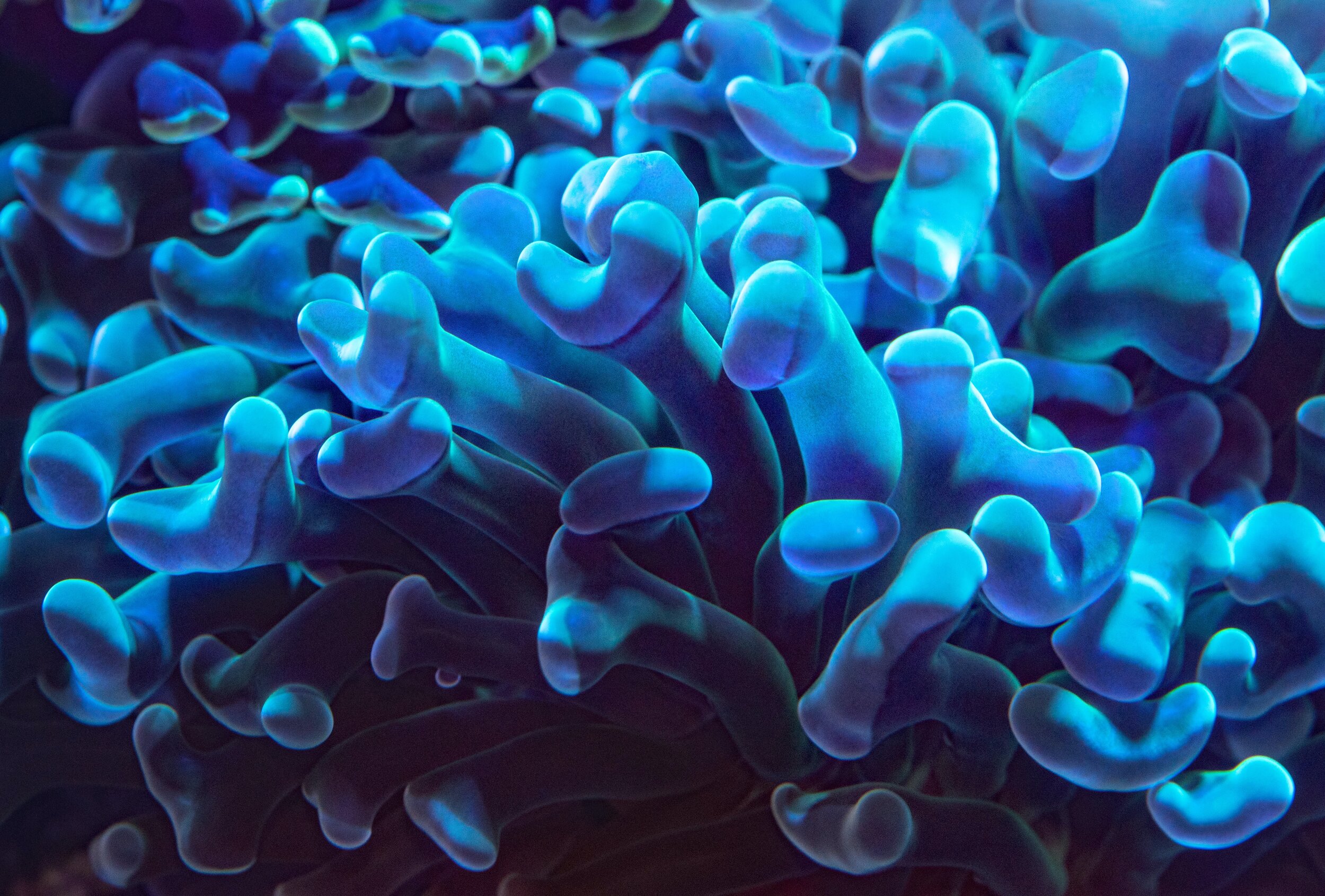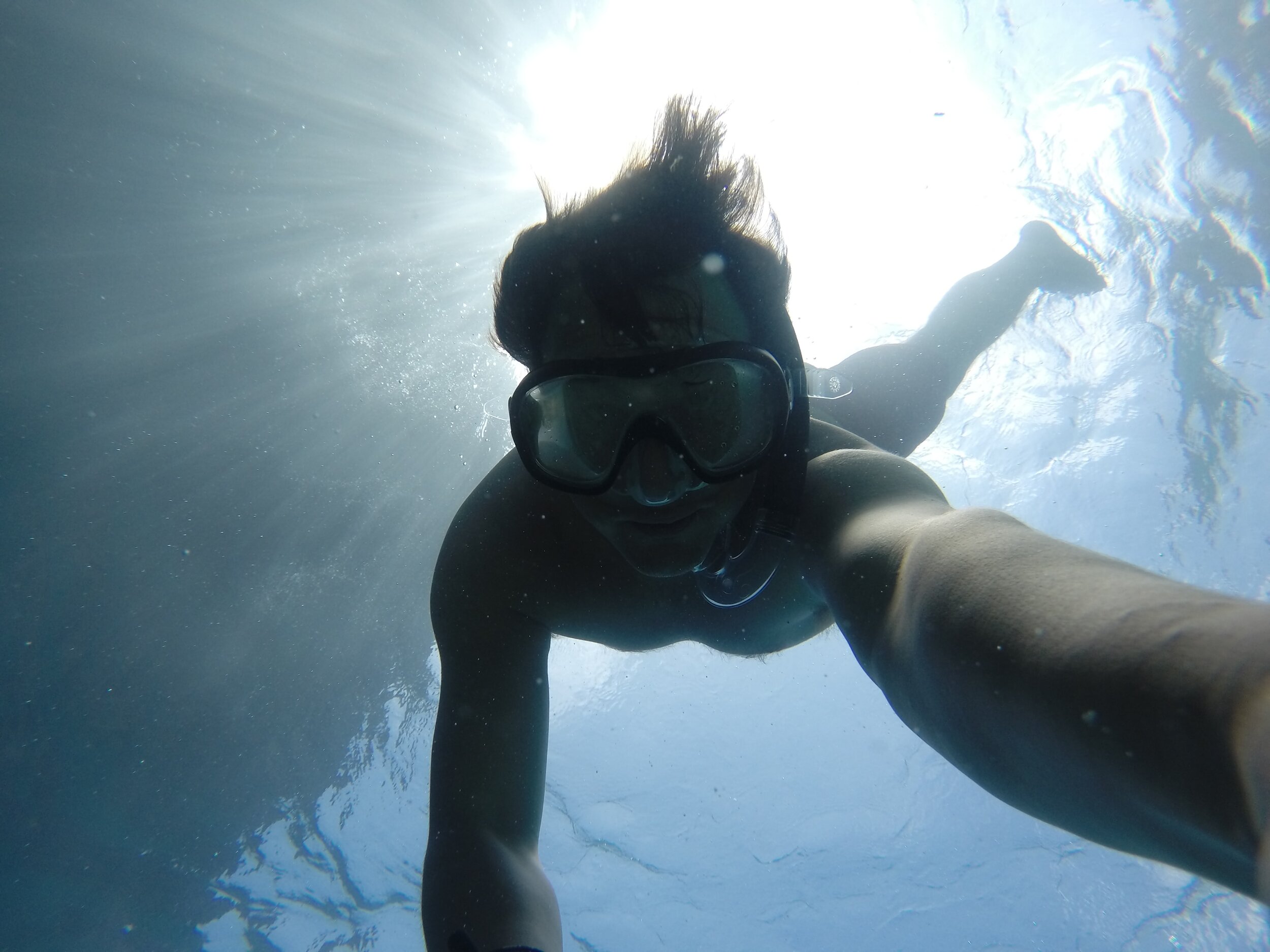Can 3D Printing Save Our Coastlines?
Words by Melina Bunting
Are 3D printed sculptures the answer to concerning coastal erosion?
Alex Goad and his team at the Reef Design Lab are world leaders in artificial reefs.
Thanks to a partnership with the City of Greater Geelong, their Sculptural Wave Attenuator is set to reinvigorate local marine life and reduce erosion along the Corio arm of Port Phillip Bay.
This installation is made up of a series of reef units; grey domes that act as a barrier against the waves, minimising their force as they come into shore and the damage they can cause where the water meets the land.
They’re the human-made version of natural wave breakers found around the world – like marshland, coral reefs, and mangroves – which have been protecting our coastlines for millennia.
But being a naturally sandy area, Geelong doesn’t have the same protection as other parts of the world. And with a densely populated town built along the water, Alex says that erosion is occurring in certain areas more rapidly.
“Erosion happens naturally but there is a growing need to reinforce coasts to protect beach side assets such as buildings, roads and farmland.
"Traditional responses to this are to build flat seawalls, but what are some new ways we can do it, where we work with nature instead of against it?”
That’s a question Alex and his team at the Reef Design Lab are trying to answer. Specialising in the creation of habitats and other aquatic infrastructure, their approach has seen them build protective shields using a combination of natural minerals and recycled materials.
And as if that weren’t enough, their work is also aesthetically pleasing; the reef units are riddled with swirls and holes, like a sea sponge. They look like something out of a sci-fi movie; the creature from the Black Lagoon rising through the water.
These 3D printed sculptures – designed and fabricated in the Lab’s studio in Mentone – will provide new habitats for Geelong’s native marine life, as well as being an eye-catching piece of public art.
Even those funky holes serve a purpose; the reefs are designed to have as much surface area as possible, which means there’s more places for sea life to cling onto. One day, they’ll be overgrown with seaweed and mussels.
This is where art meets practical application. Aesthetic value is an integral part of Alex’s work, and the projects created with the Lab. Although he has his qualifications in industrial design, he says he initially wanted to study fine art.
“I’m still very much a person who does traditional industrial design, but my work has a particular aesthetic language about it.
"What’s so great about design is that you can do both; create culturally relevant artwork with a practical purpose.”
Even this aesthetic language serves a particular function; to promote and communicate science to the general public, fostering the next generation of conservationists and bio-designers in the process.
“Our studio is interested in how we can do this visually. Some people might only be interested in design as it relates to fashion or pop culture, not the environment. Our hope is that when they see our work, it raises some questions for them.”
In an era of climate change, it can be overwhelming to consider how much damage we’ve collectively done to the planet, and the amount of labour it’s going to take to mitigate it.
But projects like this bring Alex some hope for the future – though he’s quick to point out that, in the grand scale of things, it’s but a baby step towards a cleaner future.
“The projects my studio do are very small, very targeted approaches to restoration.
"They cover buzz terms like 3D printing and recycling, but they’re the tiniest part of what needs to be a complete rethink of what we do.”
"Our hope is that when they see our work, it raises some questions for them.”
"We should be championing the environment we live in.”
Six artificial reef units are due to be installed along the Corio arm of Port Phillip Bay in spring 2021.
When they eventually land in the water, Alex hopes the reefs will pique curiosity among the locals.
He envisages a future where kids don snorkels and swim through the reefs at high tide, and families wander along the shore at low tide, admiring the creatures that call the sculptures home.
“There are so many benefits to coastal cities. Exploring the water – even snorkeling under the local pier to look at the mussels growing underneath it – is a means of escape, and it can be so good for your mental health.
"We should be championing the environment we live in.”
Pending lockdowns, you can check out some of the Reef Design Lab’s projects in-person as part of Sampling the Future, an upcoming exhibition at the NGV.






